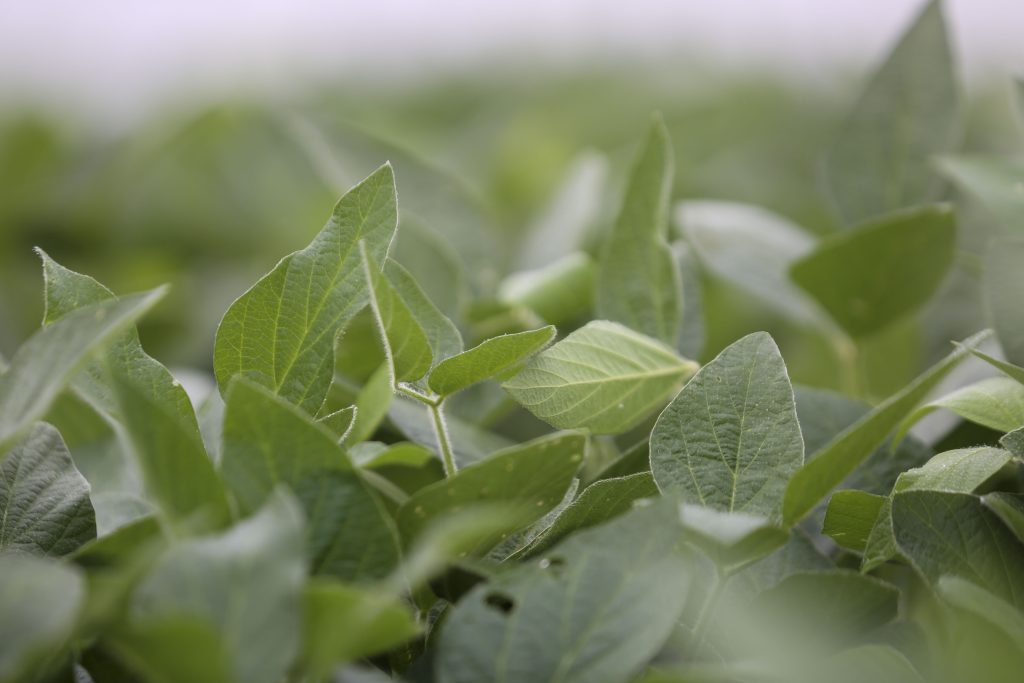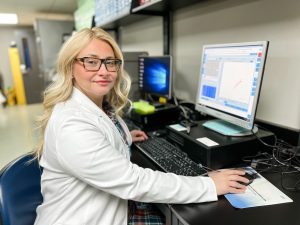
Soybean cyst nematodes are small, parasitic worms that live within the soil and attack nearby plants, and they are a particular problem for soybean farmers in Missouri and across the nation. There has mostly been only one genetic mechanism used to fight these pests for the last four decades, but a Mizzou soybean breeder’s team have unlocked a key to creating a soybean plant that holds the power of increased resistance within its DNA.
“Soybean cyst nematodes (SCN) are the number one pest in soybeans,” said Andrew Scaboo, assistant professor in the Division of Plant Science and Technology and co-leader of the research team. “SCN costs billions in yield losses every year, and it’s getting worse because we’ve overused this one kind of genetic resistance.”

Scaboo made use of the genetic diversity available in exotic germplasm housed in the USDA’s national soybean collection to do genetic mapping and pinpoint a gene that appeared to hold the key to the plant developing its own resistance to the pests, and his colleague at the University of Georgia — former MU faculty member Melissa Mitchum — further discovered that if you stopped the gene from functioning via CRISP-Cas9 gene-editing knockouts, the plant would have increased resistance to the nematodes.
“It’s really fascinating from a molecular and gene functionality perspective,” he said. “You have the genes of the nematodes that help and allow them to attack the plant, and then you have the genes of the plant that help the plant protect itself.”
In addition to a soybean breeder and nematologist as the leaders of the team in Scaboo and Mitchum, the team also consisted of molecular biologists, geneticists, and bioinformaticists at the USDA, as well as a research scientist, undergraduate and graduate students, a post-doctoral fellow and several research staff.

The publication, Loss-of-function of an α-SNAP gene confers resistance to soybean cyst nematode, was featured in the November 2023 issue of Nature Communications. Scaboo’s team at MU was led by Mariola Usovsky, a Sr. Research Scientist and co-first author of the publication along with Ph.D. student Vinavi Gamage, who is with Mitchum’s research group.
The team and staff at Bay Farm Research Facility, a research farm owned by Missouri Soybean Association located just outside of Columbia, are currently working to incorporate this important gene into their breeding program and develop new and improved soybean cyst nematode resistant varieties available to farmers through Missouri Foundation Seed in the next 2-3 years.
The researchers stressed the importance of the funding for this project, which came from Missouri Soybean Merchandising Council and United Soybean Board.
“The funding for this project really came from farmers, and that’s important because it will benefit farmers,” Scaboo said.